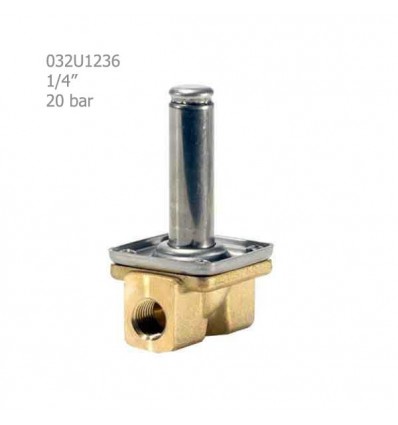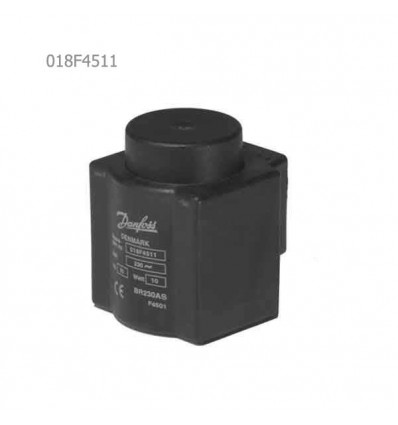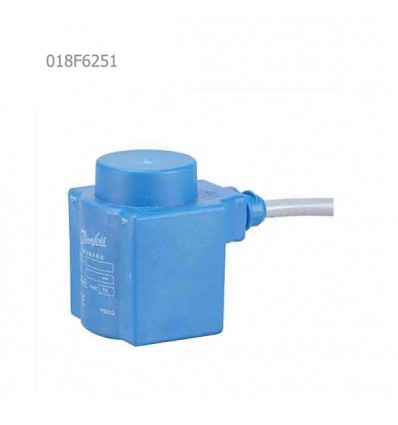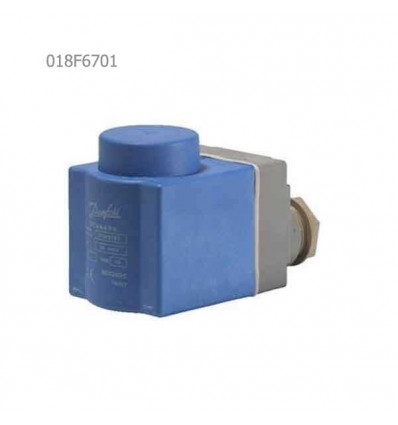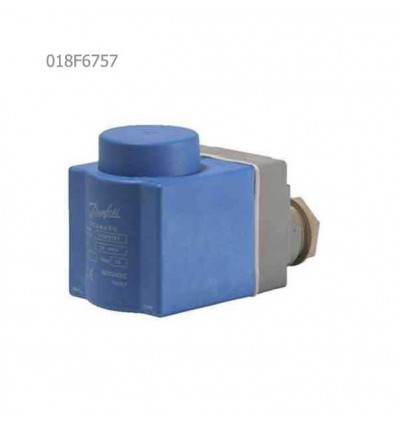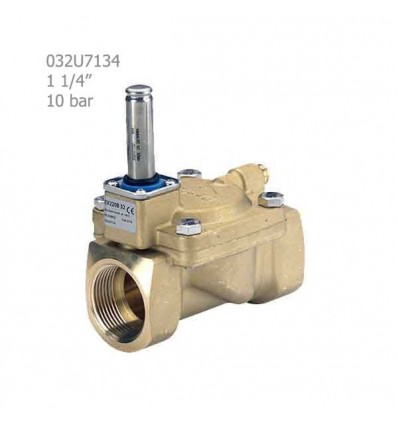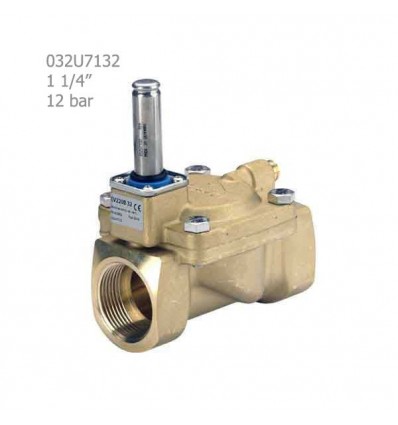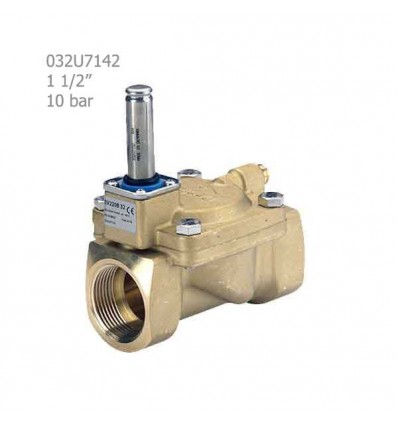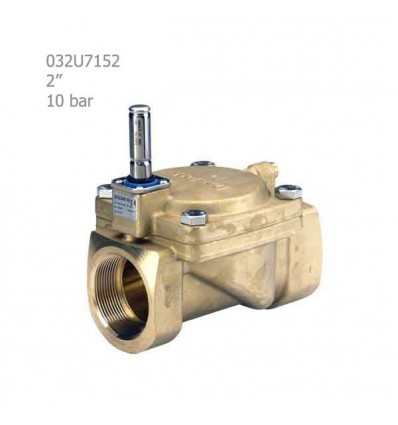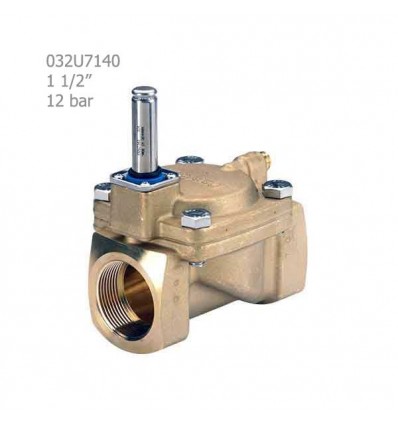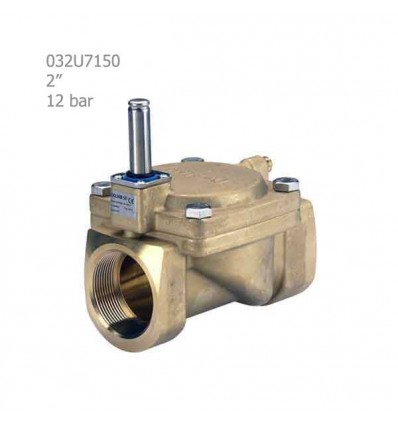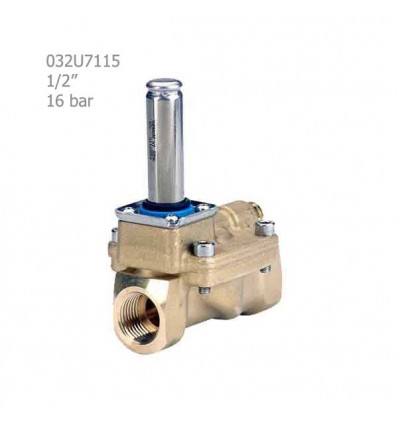Danfoss electrical two way valve 1/4" 032U1236
- Normal package - NC
- Suitable for fluid water, oil, compressed air
- Maximum working pressure 20 times
- Temperature range from -30 to +100 degrees Celsius
Shopping Cart
Cart is empty.
As you know, the main prerequisite for doing any work is to have correct information about that subject. Regarding selection, reviewing the prices, buying, and getting to know more about solenoid valves, the following information is included so that you, dear visitors of the specialized website of DamaTajhiz, can use these tips to choose and buy various types of solenoid valves from Brahma, Rapa, Chrome, Madas, Danfus, Dongs, Parker, Unidi, etc. brands in bulk.

As you know, the main prerequisite for doing any work is to have correct information about that subject. Regarding selection, reviewing the prices, buying, and getting to know more about solenoid valves, the following information is included so that you, dear visitors of the specialized website of DamaTajhiz, can use these tips to choose and buy various types of solenoid valves from Brahma, Rapa, Chrome, Madas, Danfus, Dongs, Parker, Unidi, etc. brands in bulk.
A solenoid valve is an electromechanical valve used to cut off and connect the flow path of various gases and liquids. The function of the solenoid valve is that when the fluid flow passes, the solenoid converts electrical energy into mechanical energy to open and close the valve. There is a coil on the solenoid valve, which turns the fluid flow on and off when the electric current enters the coil. In general, solenoid or solenoid valves, regardless of the passing fluid and their working pressure, consist of two parts: body and solenoid (bobbin); the body part includes the main valve and consists of the inlet, outlet, diaphragm, and diaphragm spring. The solenoid includes an iron rod, spring, coil, valve, and control channel. Join us in introducing and checking the performance of different types of solenoid valves in the rest of this article (for wholesale purchase).
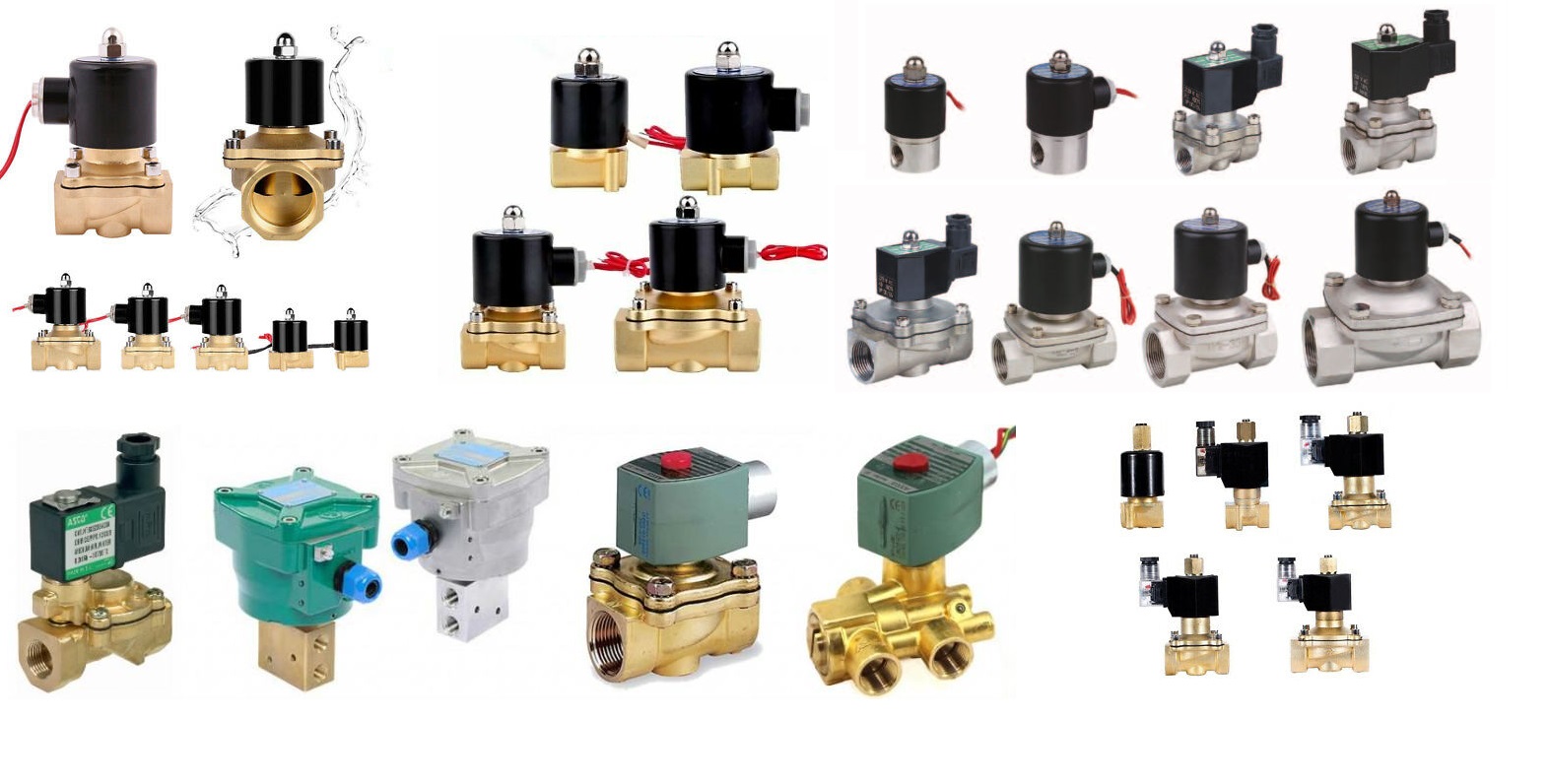
Solenoid valves or solenoid valves are divided into three categories: two-way, three-way, and four-way.
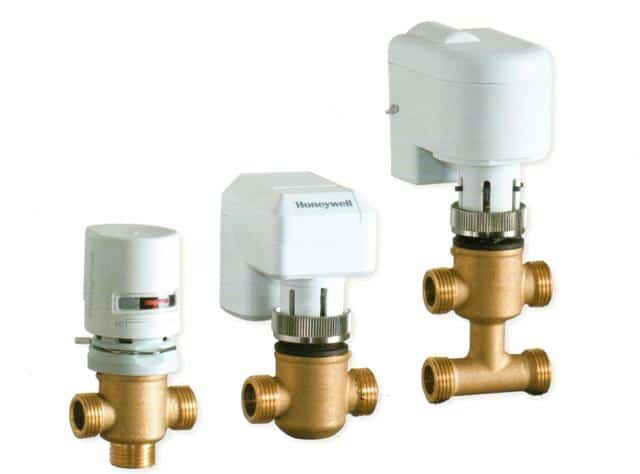
To express the function of a solenoid valve, if we assume a solenoid valve is closed and the passing fluid is water, we will see the following function:
After entering, the water puts pressure on the diaphragm at points A and B with the pressure of a spring, the diaphragm is compressed downwards, and the water passes through the small opening on the diaphragm and enters from part A to part B. The water passing through the opening fills chamber B; thus, the pressure is equalized at both ends of the diaphragm. The weak spring pressure, which caused equalization of the pressure at both ends of the diaphragm, caused the valve to close, and the water flow will not pass through the valve.
As mentioned earlier, the function of the solenoid or coil is to convert electrical energy into mechanical energy. When the solenoid is energized, its magnetic force pulls rod C upwards, the control valve E is opened, and a small flow of water is directed from part B and through channel G to the outlet. In this stage, the pressure in part B decreases, and the pressure in part A, which is the upper part of the diaphragm, increases, and the diaphragm is pushed up. The main valve is opened this way, and water flows directly from parts A to F.
When the solenoid is deactivated, the control path E is closed by rod C, and the spring pushes the diaphragm down with a tiny force, and as a result, the main path of the valve is closed. So, if the pressure above the diaphragm is higher than the inlet pressure, the solenoid valve will not work.
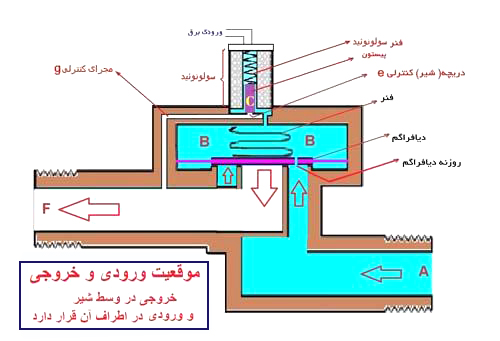
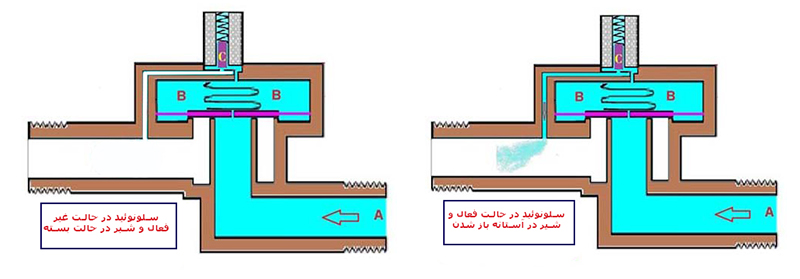
There are different types of electric valves, which are described below:
It refers to a valve that operates with the help of electricity. Its task is to control the amount of fluid or liquid flow in a hydraulic system and, when necessary, disconnect and connect or adjust the pressure. There are two hydraulic solenoid valves, one head and two heads.
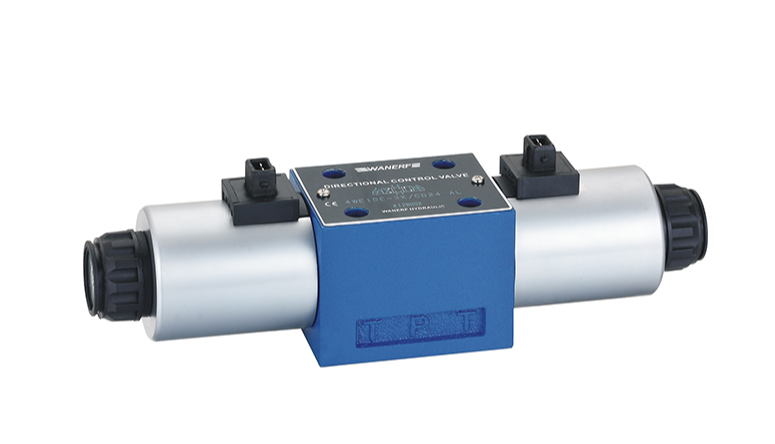
Pneumatics is compressed air that is received and compressed by a compressor. Along the path of sending compressed air, it is necessary to use solenoid valves to control air pressure, output, and delivery. Among the uses of these solenoid valves, we can mention automatic doors depending on the pneumatic system.
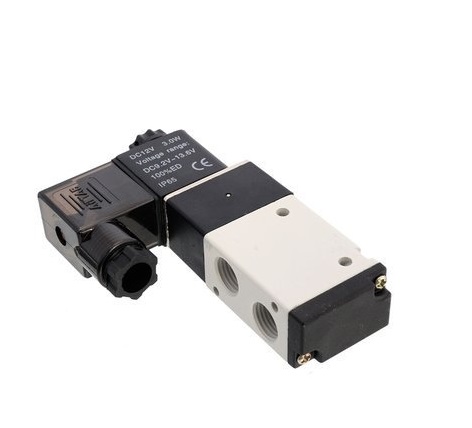
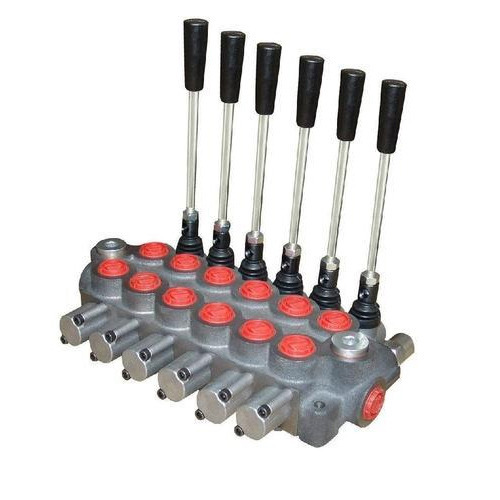
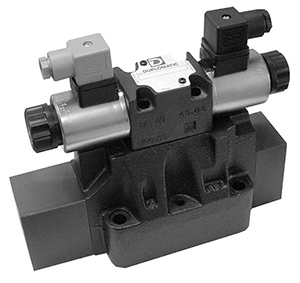
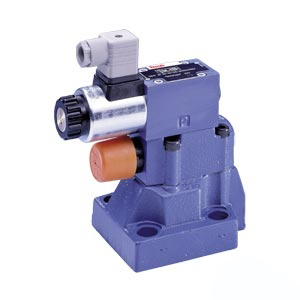
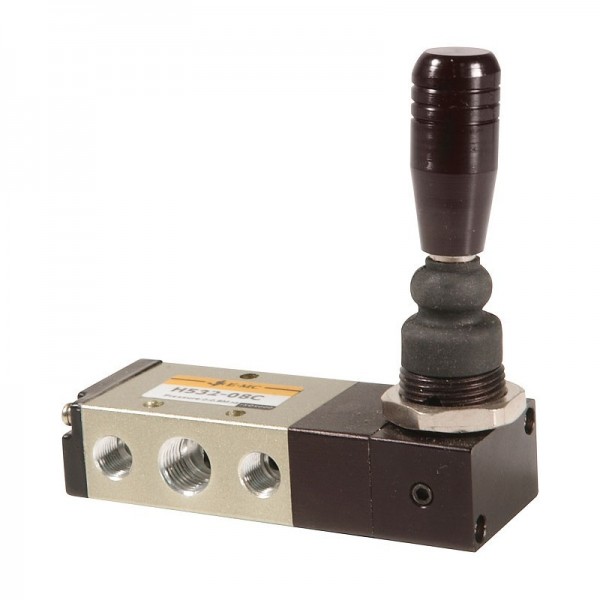
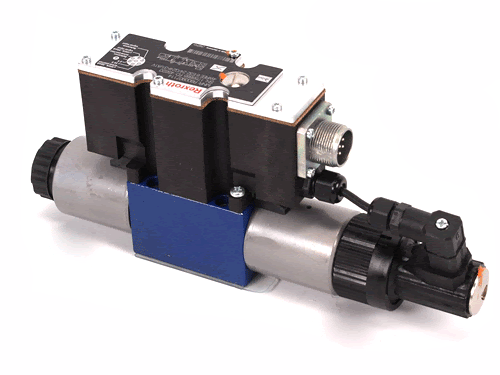
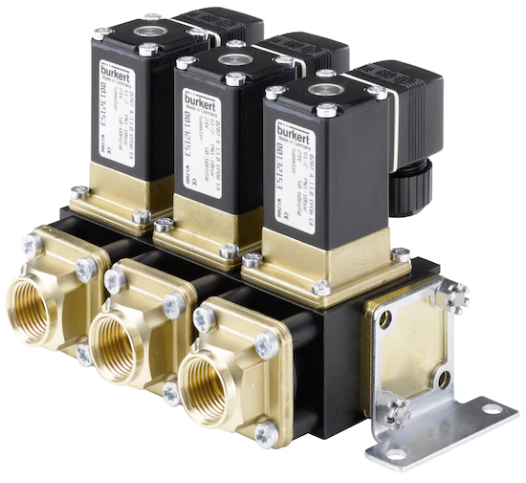
A solenoid valve refers to a valve that operates by electricity and magnetic force. A solenoid valve is a coil wrapped around an iron core, and when the electric current passes through it, it produces a magnetic field and causes the core to move linearly. Therefore, the solenoid valve converts electrical energy into linear motion. A solenoid valve is a device used to control fluids such as gases and liquids. Some electric valves can open or close from 0 to 100% by receiving an electric command, which is very important in automatic and industrial machines.
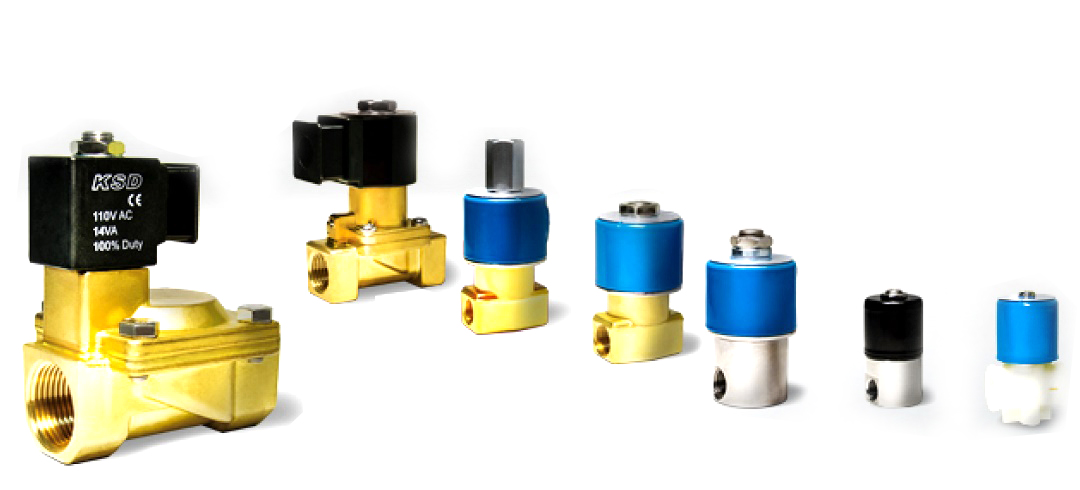
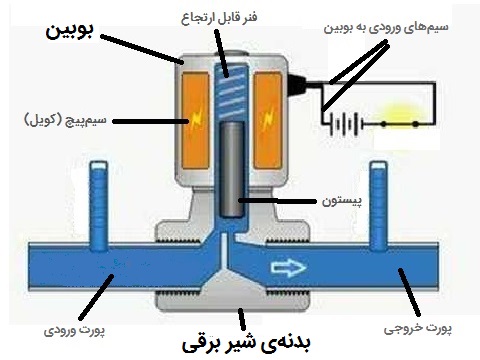
Direct motion solenoid valves: These are divided into two types, normally open and normally closed
Servo solenoid valve: These solenoid valves can be completely open or closed based on the pressure difference in the diaphragm, even when the fluid flow is interrupted.
NC, or normally closed solenoid valve, cuts off the fluid flow when the electricity is cut off and when the current is reconnected, the valve opens and allows the fluid to flow.
These solenoid valves allow fluid flow when the current is cut off, and when the electricity is connected, the flow path of the solenoid valve is closed and does not allow the fluid to pass.
The maximum working pressure (MWP) is equal to the maximum working pressure of the system to operate the valve or system components without damage.
The maximum opening pressure difference (MAXODP) equals the maximum pressure difference the valve can open in this state.
Alternating current solenoid valves usually have a higher working pressure.
The minimum working pressure difference (MINOPD) equals the pressure required to open the solenoid valve. When this pressure is too low, the diaphragm or piston of the solenoid valve cannot remain open.
The capacity of the solenoid valve is expressed in the KV unit, and it expresses the amount of water flow (based on cubic meters per hour) with a pressure drop of 1 bar in the solenoid valve.
In the following, we will introduce some of the commonly used types of solenoid valves in facilities:
The diesel solenoid valve is used to pass fuel from the pump to the diesel nozzle. It causes that when the burner is turned off, diesel does not leak into the combustion chamber. When the burner is started, fuel is sprayed for about 15 seconds, the anti-generator is activated, and the air inside the boiler is removed. During this time, the diesel route must be closed, and an electric valve does this.
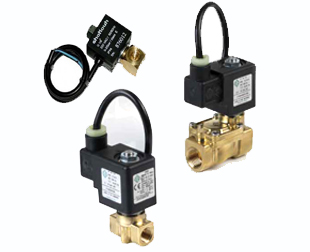
In devices that use gas fuel, there is always a risk of explosion. For example, the burner of the engine house uses a solid spark to ignite the gas, which can cause an explosion due to the gas's high pressure and the burner's vital spark. To prevent this explosion, they use a variety of pilot, gradual, and safety solenoid valves in the burner fuel path.
The function of the gas solenoid valve is that the solenoid valve operates in two stages. First, the solenoid valve is half open in the first stage, and it enters the gas with a bit of pressure into the burner; after the burner is turned on, the solenoid valve is fully opened, and the gas enters the burner ultimately. These solenoid valves have a primary gas pressure adjustment screw.
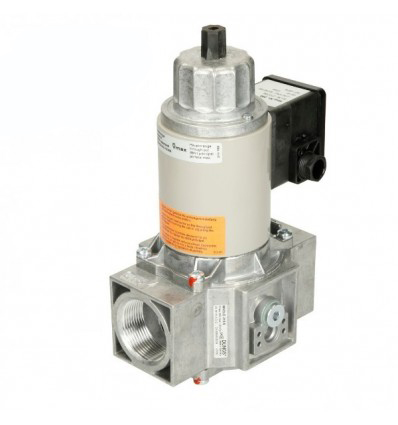
The water solenoid valve controls the flow of water inside the pipe and the electric current. The electric water valve needs initial pressure inside the pipe (for example, at least 0.5 mbar for small valves) to function appropriately (open and close). Water solenoid valves are used in various industries, agriculture, domestic use, etc., such as turning off and on the flow, combining two flows, drip irrigation, fogging, etc. In case of failure, it is possible to replace the defective part (such as a bobbin or solenoid) to There is simplicity.
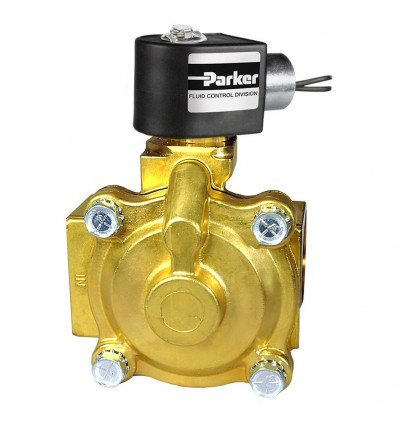
Standard valves used in engine houses are usually opened or closed based on the type of operation when necessary. After some time, due to fluid deposits, air humidity, dryness of the valves, etc., they are entirely open or not closed. In environments like the engine room, they cause loss of fluid energy or the heat of the water in the engine room. An electric valve is used to prevent this problem.
In the Solenoid valve group of the Damatajhiz reference site, information and prices of all types of solenoid valves, including water solenoid valves, steam solenoid valves, gas solenoid valves, intersection solenoid valves, etc., from brands such as Dangs, Parker, Danfoss, Unidi, Shokouh And so on it has been provided with the original warranty for your review and purchase, dear users and employers.
In addition to a valid business license from the heating and air-conditioning trade union, Damatajhiz has an electronic trust symbol. It started operating its store site in 2013 in Tehran's head office.

There are 83 products.
Active filters


